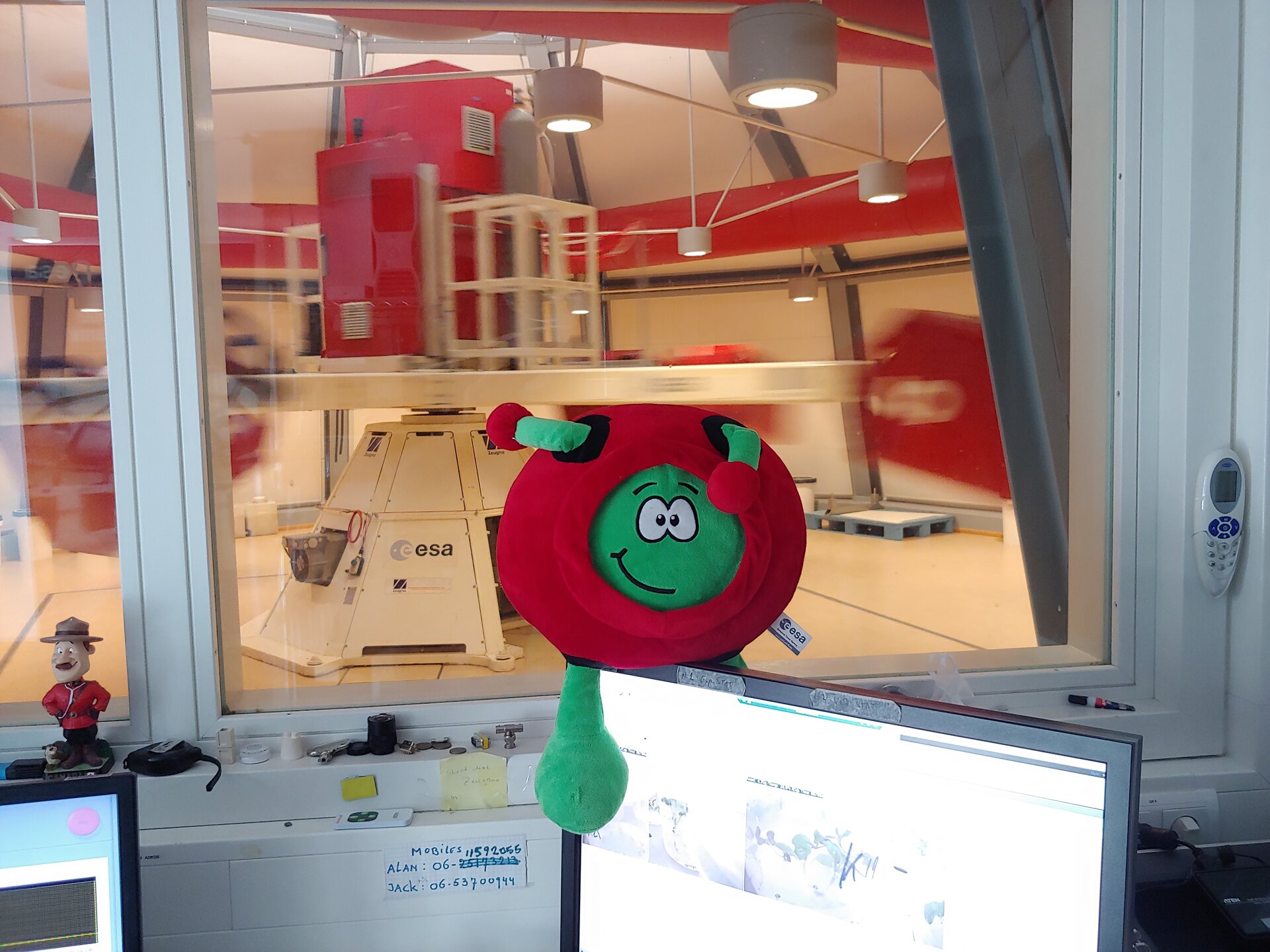Selection of first PETRI cycle teams announced
In brief
Student teams from universities across Europe have applied for the various gravity-altering research platforms of ESA Academy’s new PETRI programme. Five teams were chosen by a panel of experts to develop experiments for several facilities - the International Space Station in low Earth orbit, the ZARM drop towers in Bremen and Novespace’s parabolic aircraft in Bordeaux. Don’t worry if you missed the opportunity to apply to this round as a new call will open again soon!
In-depth
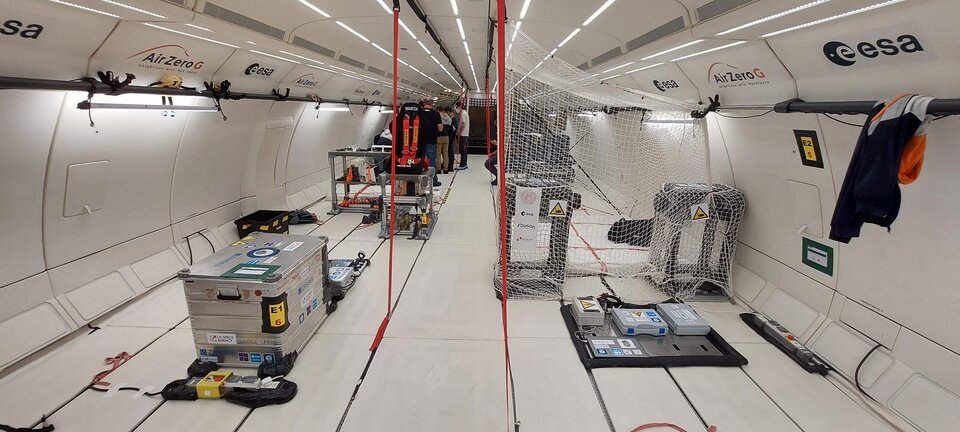
Towards the end of 2022, the new Practical Education in Technology Research and Innovation (PETRI) programme was initiated. This programme can be divided up into 4 phases, the first one of which is an open series of webinars packed with useful information for students about systems engineering, project and team management, ESA and its exploration and technology roadmaps, amongst others. These webinars arm the students with sufficient information to make decisions on whether or not to participate in the subsequent phases.
Once the webinars were delivered, the newly introduced ‘consult and confer’ phase commenced. At this time teams had the possibility to discuss and iterate their experiment ideas directly with ESA Academy prior to submitting anything. This important step helps the teams to better define their experiments by understanding the constraints and possibilities. The consultation phase ended with hopeful teams of students submitting a series of documents to the selection panels to review and the quality of these proposals was generally excellent.
Shortlisted teams were then given the chance to present their ideas to a panel of experts who listened attentively to the well-rehearsed presentations. The panel was comprised of ESA-, ELGRA-, Novespace-, ZARM-, Space Applications Services engineers and scientists, who not only asked science and engineering questions but also assessed the knowledge, capabilities and enthusiasm of the students as they looked for well-balanced interdisciplinarity and cohesion amongst the members.
After deliberation, the panel selected only five teams to participate in the educational programme. Team DEPLOY applied for a parabolic flight campaign. Their experiment design comes with some heritage from previous parabolic flights, giving the team the chance to improve on its functionality and widen the collected data. The team is composed of 1 PhD and 4 master students from the Universities of Pisa, Parma, Firenze, and Brighton who will investigate the working parameters of pulsating heat pipes actively deployed in microgravity. Such a device could extend the life of future satellites having to deploy and retract their radiators in orbit.
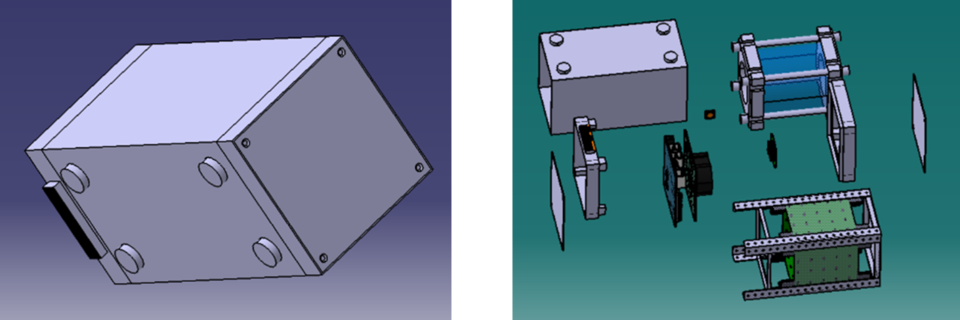
NERITES has applied to fly the first self-sustaining ecosphere onboard the International Space Station. The team is highly multinational, incorporating students from the Institut Polytechnique de Paris, ISAE-Supaero, INP Purpan, University of Arizona and Utrecht University. The team of 4 PhD and 4 master students will investigate the long-term influence of the space environment on the multilevel ecological system. Inside this system are algae, shrimp, about 1 litre of water and some air. The team will monitor changes in the microbial community, DNA mutations and altered ecosystem dynamics induced by extended exposure to microgravity.
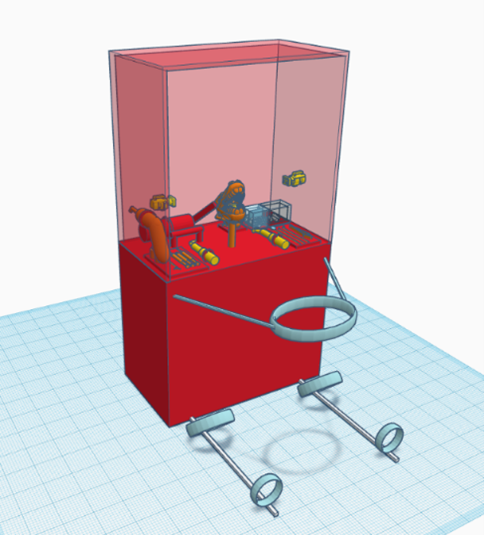
SpaceDent is a team from University of Ljubljana who are wanting to compare human performance in dental operational procedures on a parabolic flight and on ground. The team comprised of six master students from the Faculties of Medicine and Mechanical Engineering will investigate how dental tool handling and basic procedures deviate from the standard practices on Earth, the doctor-patient positional relations, and the ease of performing preventive measures. Results from this could become important as it has shown that dental hygiene is affected during prolonged periods of microgravity as astronauts would be subjected to in future long-term human spaceflight missions.
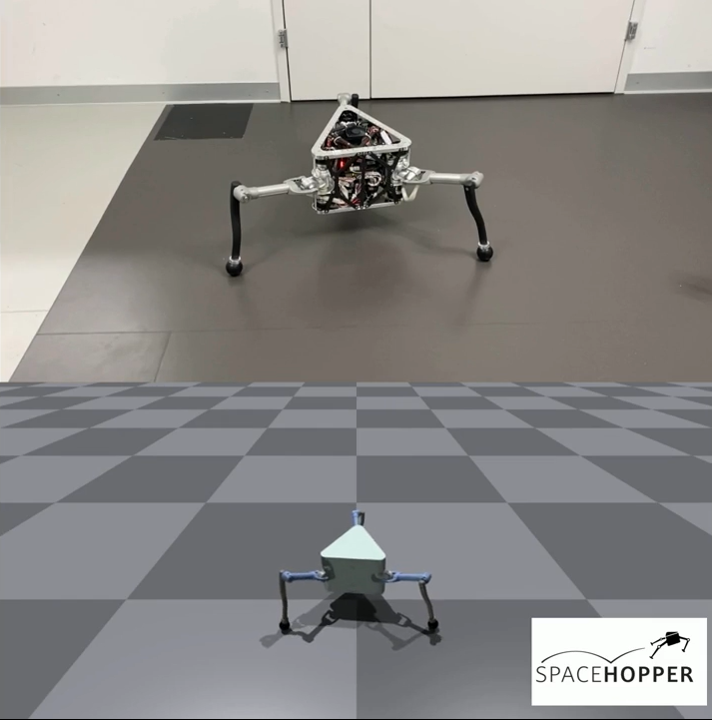
The future of robotic exploration, on the other hand, is being advanced by the SpaceHopper team from the Swiss Federal Institute of Technology, Zurich. Four master students have been accepted to test the reorientation and jumping capabilities of their small-scale three-legged robot during a parabolic flight campaign. Developed to traverse low gravity celestial bodies, the robot will be commanded to change its attitude while it free floats in the aircraft's cabin during its microgravity phases. A successful test would validate the assumption that legged robots can reorient in low gravity without using reaction wheels.
Having applied for the Drop Tower and Gravi Tower Pro, the team SLugG from the Gdańsk University of Technology will perform research on the coherence of friction between lubricated parts and the altering of the gravitational environment in vacuum. This team of six students ranging from PhD to Bachelor will use a new tribometer design precise information on occurring friction can be calculated by measuring the dampening coefficient of the system in various conditions. Results of the research may benefit future optical systems and mechanisms.
Starting in February 2023, the teams will kick start their projects with the help of ESA and industry engineers from the respective platforms.
Did these teams inspire you with an idea for research that needs a gravity-altering platform? The call for proposals will soon open again on the PETRI website! The programme offers multiple platforms for teams to conduct their engineering or scientific experiment, these are currently the Large Diameter Centrifuge, the ZARM Drop Towers, the Parabolic flight and the ICECubes Facility on board the International Space Station. on The portfolio of available platforms on offer will increase in the future to accommodate more diverse research and technological development projects.


